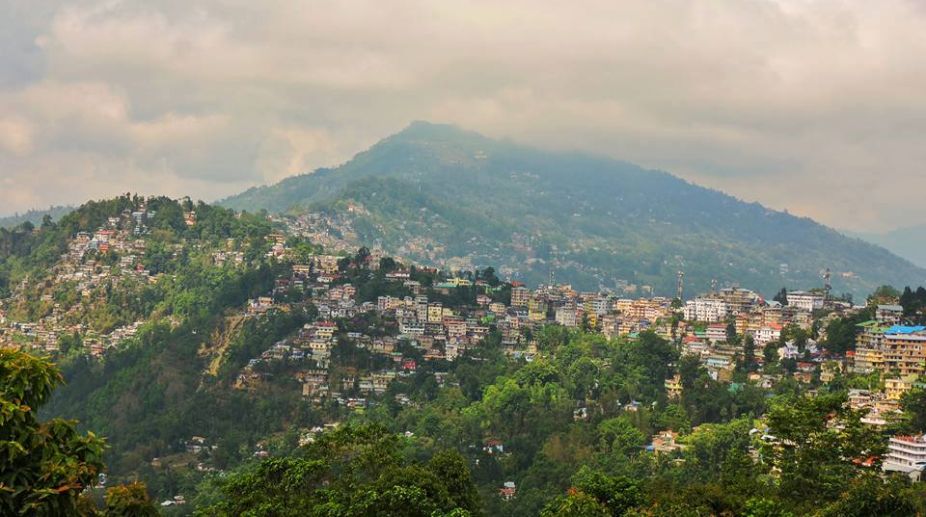Mamata to address twin rallies in Asansol on Saturday
Law minister Moloy Ghatak, chairman of AMC, Amarnath Chatterjee and other top TMC leaders inspected both the venues in Asansol and Kulti, today.

Representational image (Photo: Facebook)
The upgrade of Kalimpong as West Bengal’s 21st district is much more than a mere extension of the loop of governance as an imperative for administrative exigence. For the delightful hill station, it is a watershed development after its annexation by the British on 6 December 1864. Last Tuesday, it was a born-again Kalimpong on the state’s map as the sub-division and headquarters of an army division emerged from the shadow of Darjeeling, as often as not overbearing and for the past three decades an occasionally turbulent part of Bengal. Small wonder that the status of a district after 152 years was quite the most emotive feature of the grandstanding. It ought to be fairly convenient to administer Kalimpong ~ a new DM and SP have already assumed charge ~ not least because as a district it boasts the thinnest population in the country ~ barely 49,403 according to the 2011 Census, against Darjeeling’s 9.37 lakh. The crippling water scarcity needs urgently to be addressed. Not that the size and population of Darjeeling had become unwieldy over time; by sanctioning a full-fledged district, the state government has deferred to ethnic sensitivities. One must give it to the Chief Minister that she has gone beyond the formation of development boards for Lepchas (the original settlers), Bhutias, Tamangs, Sherpas, and Limbus. It would be less than fair to debunk the initiative as an attempt to neutralise the Gorkhas. The experiment will hopefully lend a sharper focus to hill development, though the importance of a holistic exercise cannot be discounted.
There is without question a flip side to what Mamata Banerjee calls a “Valentine’s Day gift” to the people of Kalimpong. Markedly, she has tempered the ha-ha with an oblique warning to the Gorkha Jan Mukti Morcha and its ally, the Bharatiya Janata Party, not to “indulge in arson and violence” over statehood… without giving the Gorkha Territorial Administration an opportunity to function as an exercise in loose federalism. Of course, the GJMM has an almost historical grouse, chiefly pertaining to exploitation by the plains. Ergo, it is hard not to wonder whether a critical compulsion was to undercut the virulence of the statehood movement, now being spearheaded by the GJMM. There is little doubt that the carving out of Kalimpong as a district in its own right is intended to take the wind out of the GJMM sails. For the sparse population of Kalimpong, which does include the Gorkhas, the formation of a district does signify a policy of appeasement. Ethnic unity must be maintained despite the multiplicity of ethnic groups, and the message must resonate across the hills of Darjeeling in the wider canvas. Succinctly, this is also the lesson to be drawn from a born-again Kalimpong.
Advertisement
Advertisement